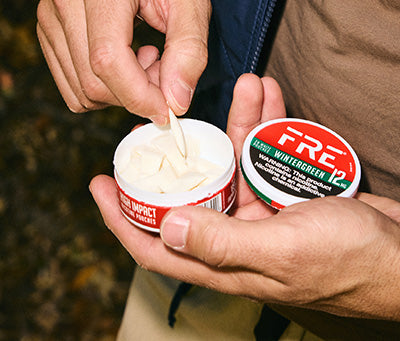
The Evolution Of Nicotine Pouches: From Messy To Mess-Free
Nicotine pouches have revolutionized the way people consume nicotine, offering an efficient and more discreet alternative to traditional smoking and dipping methods. These small, nicotine pouch alt...

What Is An Upper Decky Lip Pillow?
You’ve probably noticed folks online tossing around the term Upper Decky Lip Pillow. Sounds pretty comfy, right? But what exactly does it mean? An Upper Decky Lip Pillow is just a fun way to say n...

MMA Workout Plan: Train Like Kevin "Trailblazer" Holland
Mixed martial arts isn’t just about stepping in the cage and throwing hands. It’s a full-body grind that builds strength, stamina, speed, and skill. And if you’ve seen Kevin “Trailblazer” Holland f...

What Is An Ironman? The Worlds Toughest Race
You’ve probably heard the term “Ironman” thrown around by athletes or on fitness podcasts, but what is an Ironman, really? At its core, it’s one of the most grueling single-day endurance events on ...

Moist Nicotine Pouches Vs Dry Nicotine Pouches: Which Is Right For You?
Nicotine pouches have made it easier than ever to enjoy nicotine without smoke, spit, or bulky gear. If you're done with the mess of cigarettes or the constant recharging that comes with vapes, pou...

Master Campfire Cooking: How To Cook Over A Fire Like A Boss
Cooking outdoors doesn’t have to mean charred hotdogs and instant noodles. If you’ve ever wondered how to cook over a fire without burning your dinner or losing your cool, this guide is for you. W...

How To Store FRE Pouches For Maximum Potency
How to Keep Your FRE Nicotine Pouches Fresh: A Comprehensive Guide If you're anything like me, you value the satisfying experience of using nicotine pouches. Whether you're a long-time user or new ...

How To Start A Fire In The Wild: Essential Tips & Techniques
Knowing how to start a fire in the wild is one of those skills you don’t realize you need until you actually need it. This guide covers the basics, from what materials to gather to how to get that ...

Why Nicotine Pouches are More Convenient for Travel
If you’re a traveler, either for work or for pleasure, then you know how hard it can be to maintain your regular nicotine routine. There are all kinds of unpredictable factors between your schedule...


